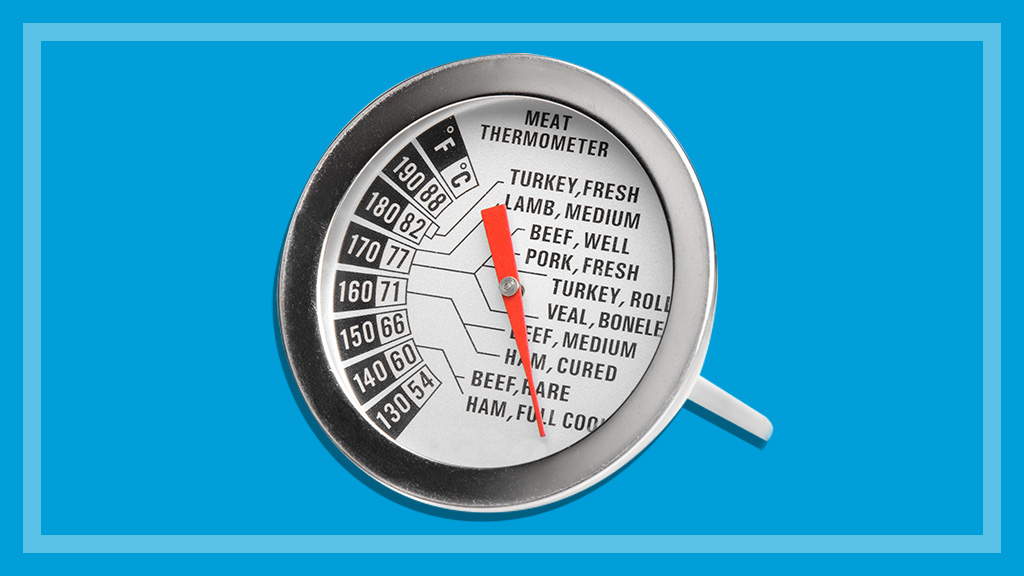Get our independent lab tests, expert reviews and honest advice.
How to buy the best meat thermometer
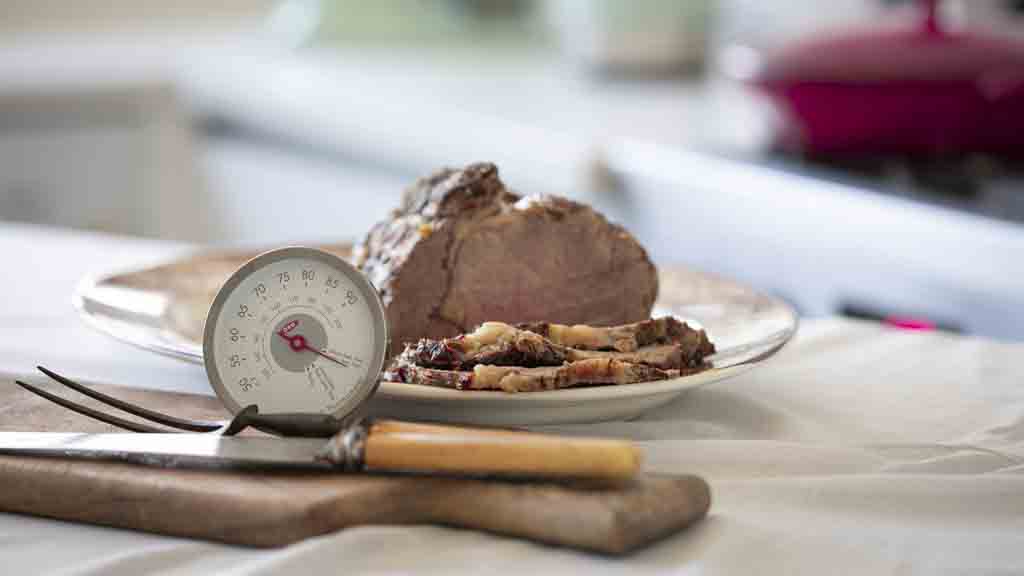
Meat thermometers are an essential piece of kit in the kitchen, but whether you need an old-school analog or fancy Bluetooth digital one depends on what you want to do with it.
On this page:
Thermometer types – which one is best?
There are a few different styles of meat thermometer, each with pros and cons.
Ovenproof thermometer
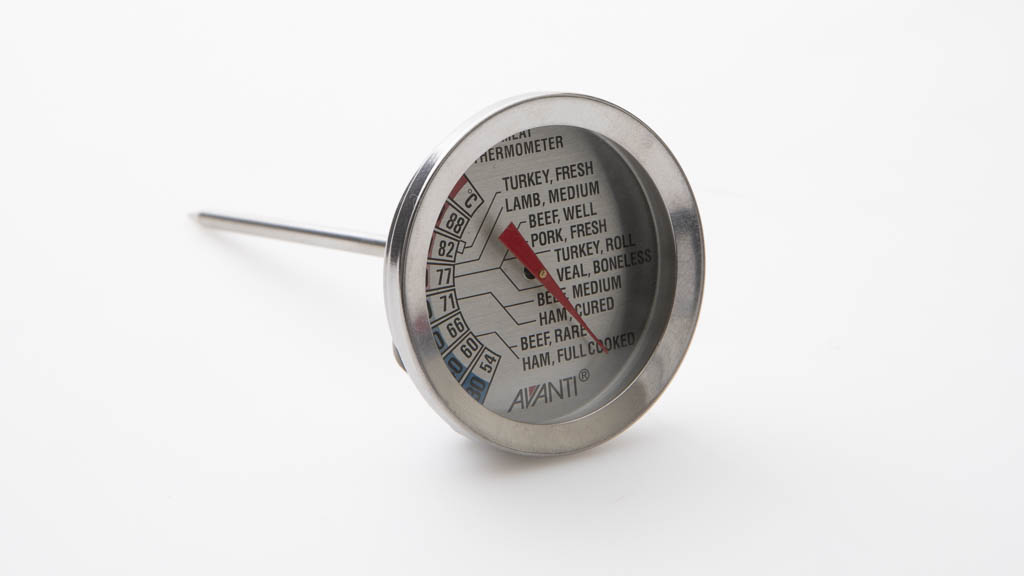
These should be inserted into the meat before it goes into the oven or onto the barbecue, with the dial facing forward so you can read it easily.
Pros: You don’t need to open the oven to check the temperature, so the oven temperature should remain constant.
Cons: We found many models had the Fahrenheit measurements in larger font than the Celsius or had small font overall, which could make it tricky to read through the oven door. Make sure you choose one with a dial that’s easy to read.
Look for an ovenproof thermometer with a silicone cover around the display to protect fingers from accidental burns.
Instant-read thermometer
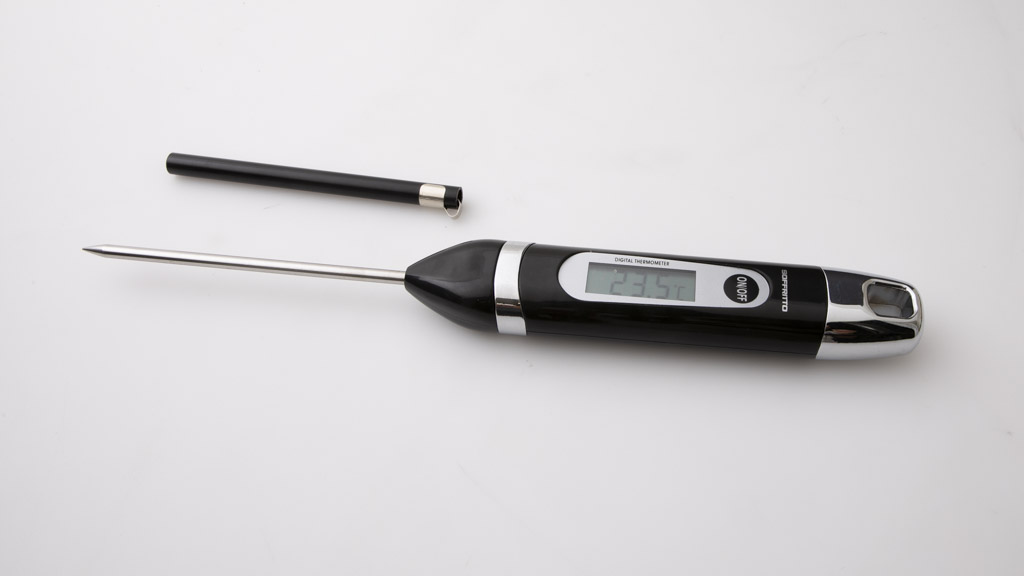
These can either be digital or analogue.
Pros: Digital instant-read thermometers are often cheaper than digital probe thermometers but still offer a 0.1°C measurement accuracy. Some analogue instant-read thermometers outperformed the more expensive digital thermometers in our meat thermometer review.
Cons: To use these, you need to pull the meat out of the oven and insert the thermometer to get a reading. This can affect the oven’s temperature and could lengthen cooking time.
Digital probe thermometer
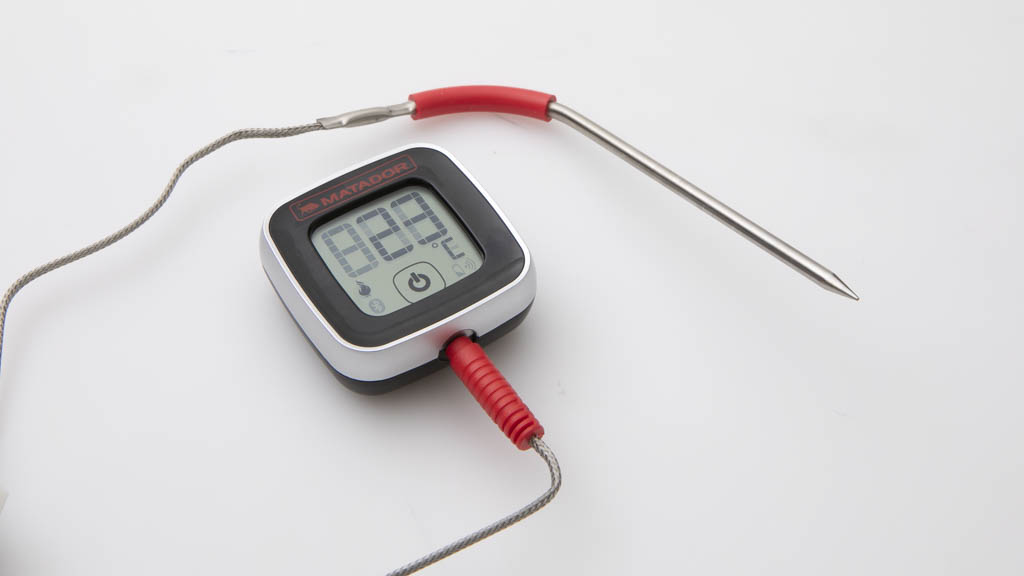
These have two parts: a probe that’s inserted into the meat, and a digital display that sits outside the oven. They’re connected by a slim cable.
Pros: You can constantly monitor the internal temperature of the meat without having to open the oven, and the digital display can be easier to see than an analogue oven-safe thermometer that has to be viewed through the oven door.
Cons: These thermometers can be more expensive than basic models, particularly if they have extra features like alarms and timers.
Digital smart thermometer
Some digital probe thermometers also connect to an app on your smartphone via Bluetooth.
Pros: Theoretically, you can monitor your roast pork while you’re out of the kitchen.
Cons: Bluetooth thermometers are usually more expensive than other types. Using Bluetooth connectivity may not give you the range you need.
Key features to look for
Ease of use
- Easy to read display: Ensure you can see it clearly from a distance, particularly with ovenproof ones you’ll be viewing through the oven door. Some products have the Fahrenheit temperature in larger, clearer font than the Celsius temperature, which is tricky when you’re working in Celsius. A digital or an analogue thermometer with a large display might be more suitable if you don’t have 20/20 vision.
- Easy to insert: When you’re trying to coordinate a meal, time is of the essence. You don’t want to be struggling with a meat thermometer that’s difficult to insert.
- Large grip area: Some thermometers have stainless steel dials and probes which heat up in the oven, posing a burn risk. Models with a large grip area reduce the risk of burns.
- Easy to clean: You need to clean a meat thermometer each time you insert it, so you’ll want to choose a model that doesn’t have little crevices that trap grease and bacteria. Some digital probe thermometers have a dishwasher-safe probe, which makes cleaning easy.
Accuracy
Our testing revealed that, on the whole, meat thermometers are quite accurate. However, the least accurate of the models we tested was out by 2°C, and while this probably won’t mean the difference between medium-rare and burnt, it could cause issues in terms of food safety.
To see how meat thermometers score for accuracy, read our meat thermometer review.
Batteries
Some digital meat thermometers are powered by button cell batteries, which are dangerous if swallowed.
If you use a meat thermometer with a button battery, keep it and any spare batteries well out of reach of young children, and don’t let them use the thermometers unsupervised.
Cost
In our latest review, meat thermometers range in price from $5 to $50. We recommended models from $6 to $50, so price is no indicator of quality.
How to use a meat thermometer
For meat
- Insert the probe approximately 3–5cm deep into the centre or thickest part of the meat, away from any fat, gristle or bone (these can give a false reading).
- Make sure the display is facing the oven door if using an ovenproof thermometer, so you can easily view the change in temperature. Note: the bones, fat distribution and thickness of the meat can all affect the time it takes to reach your desired doneness (rare, medium, well done, etc.).
For whole roast chicken
- Insert the probe approximately 1.5cm deep into the meatiest part of the thigh, avoiding the bone.
- For larger poultry like turkey you can also test the thickest part of the breast, inserting the probe to a depth of approximately 4cm.
Do you need a meat thermometer?
There are two main reasons to consider buying a meat thermometer: preventing food poisoning, and cooking to perfection.
Preventing food poisoning
Eating undercooked meat – if it falls into the high-risk category – can have serious health impacts. Raw meat can contain nasty bacteria like Salmonella, Campylobacter, Listeria and E. coli which cause food poisoning. Rates of illness from Salmonella and Campylobacter infection have almost doubled in the past 20 years in Australia, and around 50,000 cases of Campylobacter infection each year can be directly or indirectly linked to chicken meat.
Food poisoning can be particularly dangerous for certain groups of people, like pregnant women, the elderly and those with compromised immune systems, but anyone can be struck down by it, so it’s important to practice good food safety to avoid making people sick.
Safe cooking temperatures:
Red meat (well done) – 77°C
Minced, rolled or stuffed meat; Leftovers, Poultry, Liver – 75°C
Eggs and egg dishes – 72°C
Red meat (medium) – 71°C
Pork roasts and whole cuts – 70°C
Fish – 69°C
Red meat (medium rare) – 63°C
Take the temperature in the thickest part of the food, as close to the centre as possible. Make sure the thermometer doesn’t touch gristle, bone or fat- these will give a false reading.
Cooking high-risk foods
- Red meat, like steaks, chops or roasts can be cooked to your liking (rare, medium, well done) as long as the outside of the meat is fully cooked – the bacteria is generally only on the surface of the meat.
- When meat is modified in any way – minced, rolled, tenderised, brined with needles – the outside of the meat effectively becomes the inside, bringing with it any bacteria present on the surface. Cooking just the outside won’t kill the bacteria inside, which can give you and your guests food poisoning.
- Chicken and other poultry can be contaminated all the way through with food poisoning bacteria, so they need to be cooked to a high enough temperature to kill the bacteria.
- ‘High-risk’ foods like sausages, poultry, rolled roasts and hamburgers need to be cooked to 75°C internally (or 72°C for eggs and egg dishes) – but you can’t tell if they’re safe to eat just by looking at them or by how long they’ve been cooking. A meat thermometer is the only way to make sure they’re cooked properly.
- Leftovers also need to be heated to 75°C all the way through so they’re safe to eat. Stir the food to make sure it’s an even temperature throughout, then test with a meat thermometer. It’s best to check the temperature in several places.
The Food Safety Information Council has more information on safe cooking temperatures and how to handle riskier foods.
Doneness
If you’re not confident cooking a roast, for instance, a meat thermometer can help you ensure it’s cooked to your liking. It can also be good for culinary geniuses who won’t settle for even slightly overcooked meat – you can tell that a steak is medium-rare when it reaches 63°C in the middle if you use an accurate meat thermometer. (You’ll need to rest the steak for three minutes before serving.)
How we test meat thermometers
Accuracy
We measure each thermometer’s accuracy against our calibrated thermometer in a water bath and (for oven-proof models) a roast beef fillet. Since not all models are oven-proof, we don’t use the roast beef results as part of the overall score.
Ease of use
We assess how easy it is to read the controls, insert the probe into meat and clean the device after use.
Safety
For models that contain button batteries, we assess how easy it is to access the battery. Some thermometers – particularly stainless steel oven-proof models – also have the potential to burn you, so we take that into account in the ease of use scoring.
Scoring
The overall score is composed of accuracy score (60%) and ease of use score (40%).

